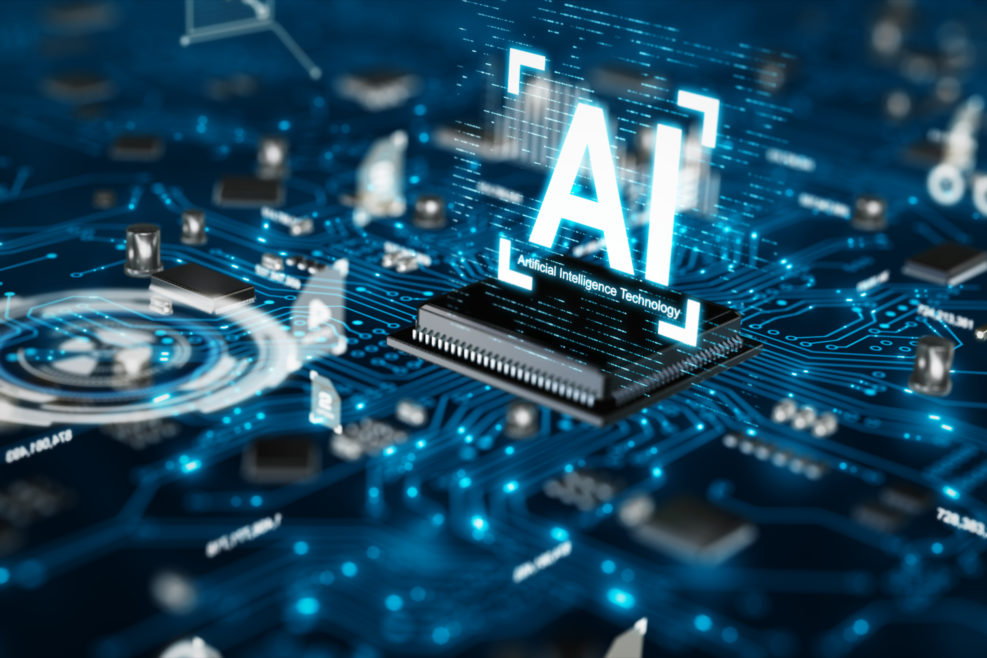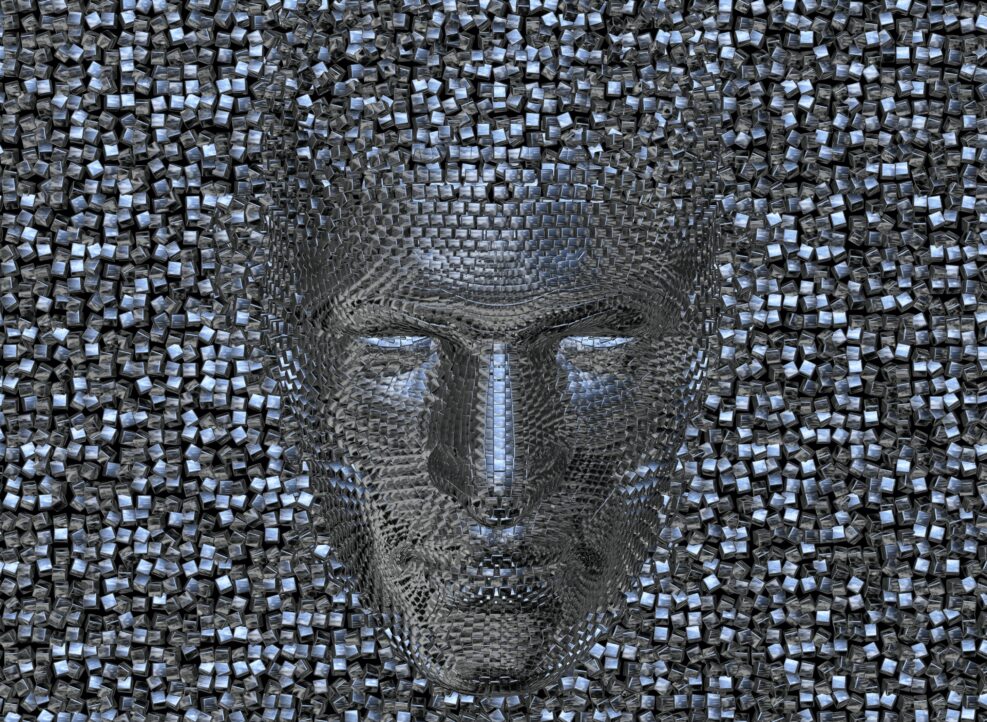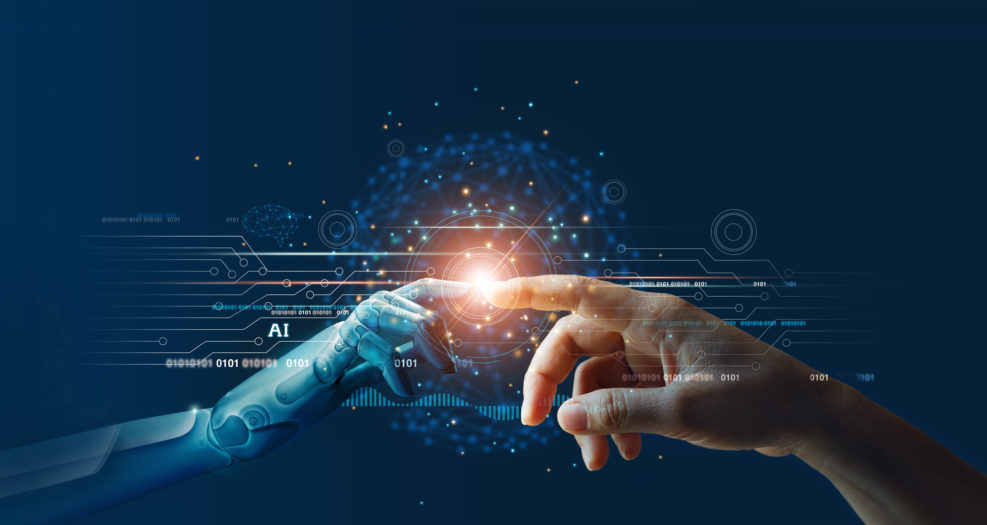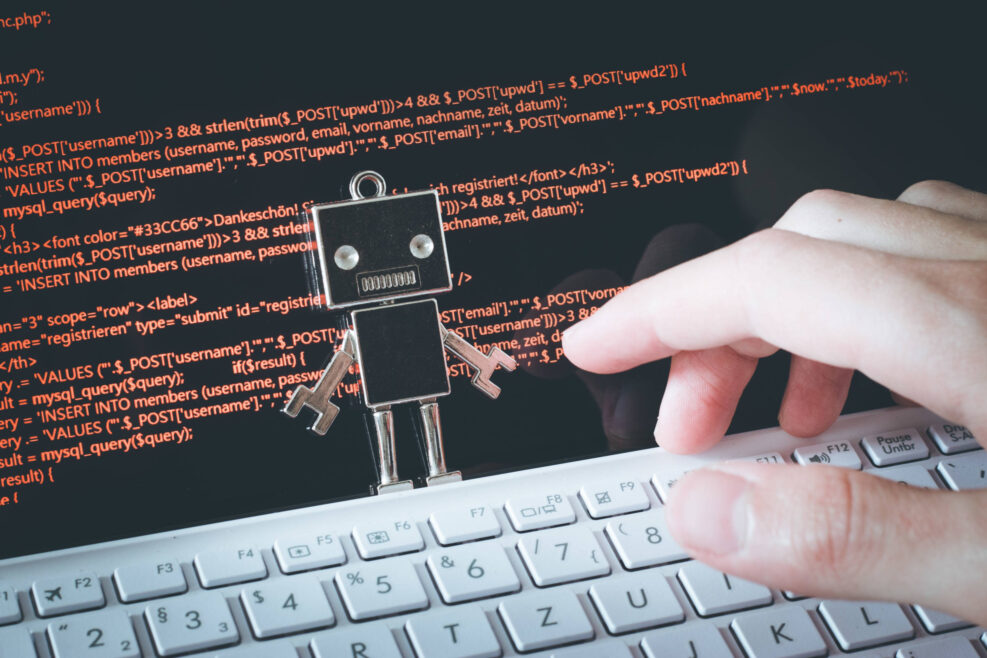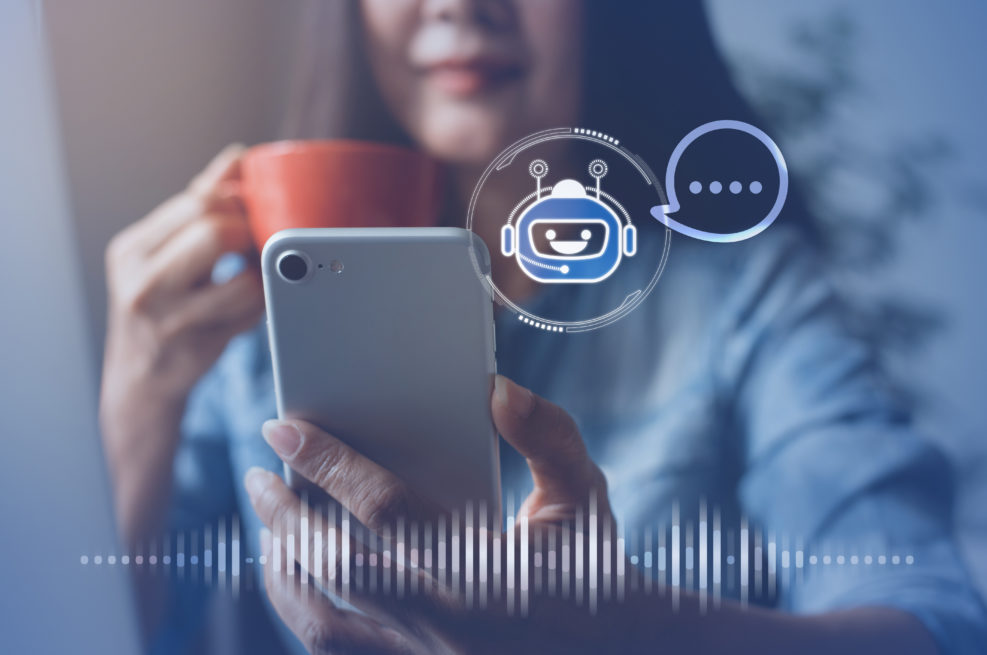
Marks: Forget the Hype, “Thinking Machines” Can’t Replace Humans
It’s easy to picture, especially if we don’t know much about computers. And fears are easily exploited. But what are the facts?Walter Bradley Center director Robert J. Marks gave a talk in January at the Dallas Conference on Science and Faith on whether a robot will really take your job: “AI Apocalypse: Will Thinking Machines Replace Humans?” Just released on video: As a computer engineer, Marks looks at the pop culture worry a bit differently from some. His skeptical response has also been captured in a just-published book, Non-Computable You: What You Do That Artificial Intelligence Never Will (Discovery Institute Press, 2022). The book makes clear that computers compute. They don’t really do anything that cannot be expressed as a computation. That’s both a strength and a weakness. The ability of an algorithm to sort through billions of online documents in Read More ›



